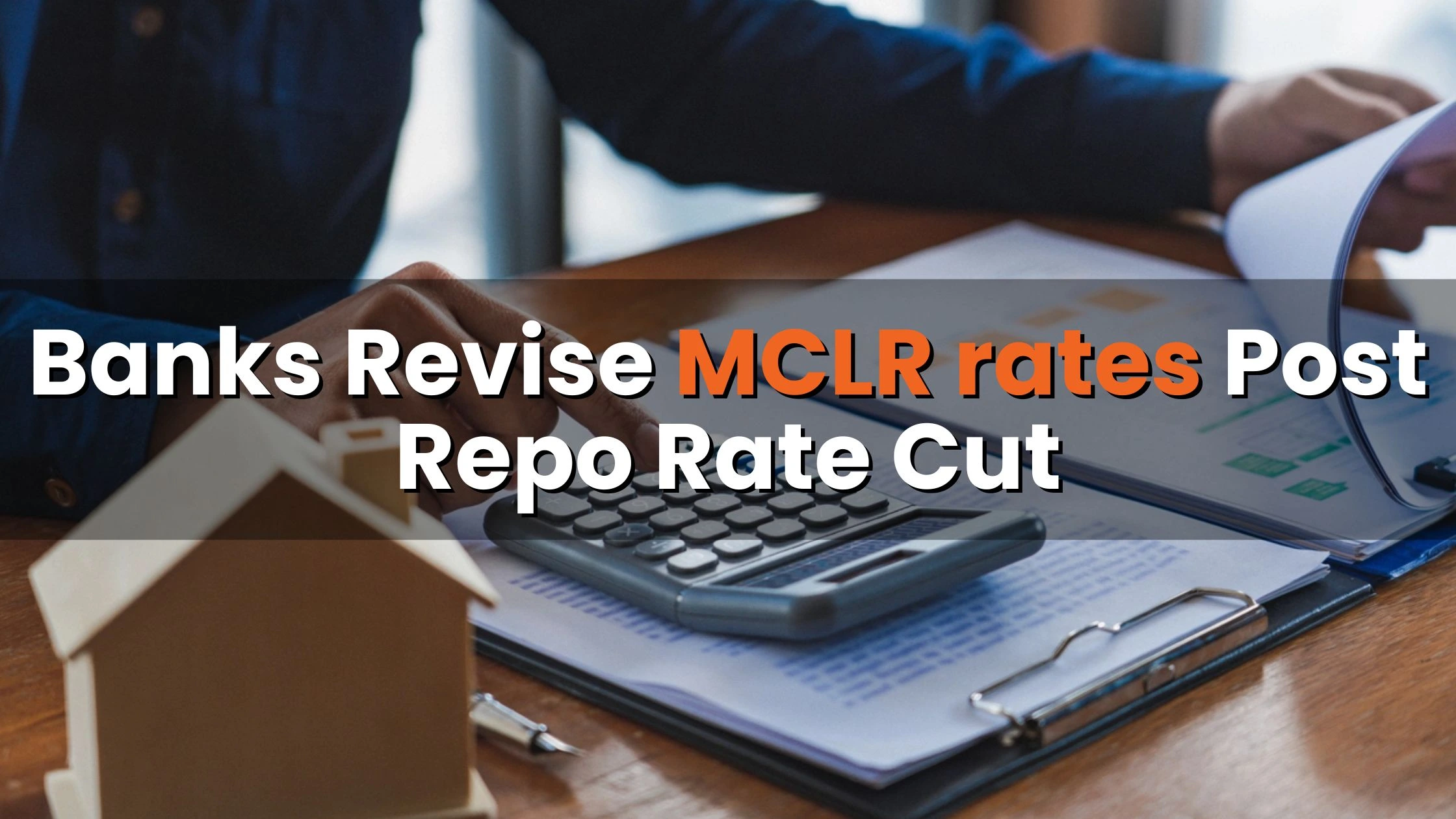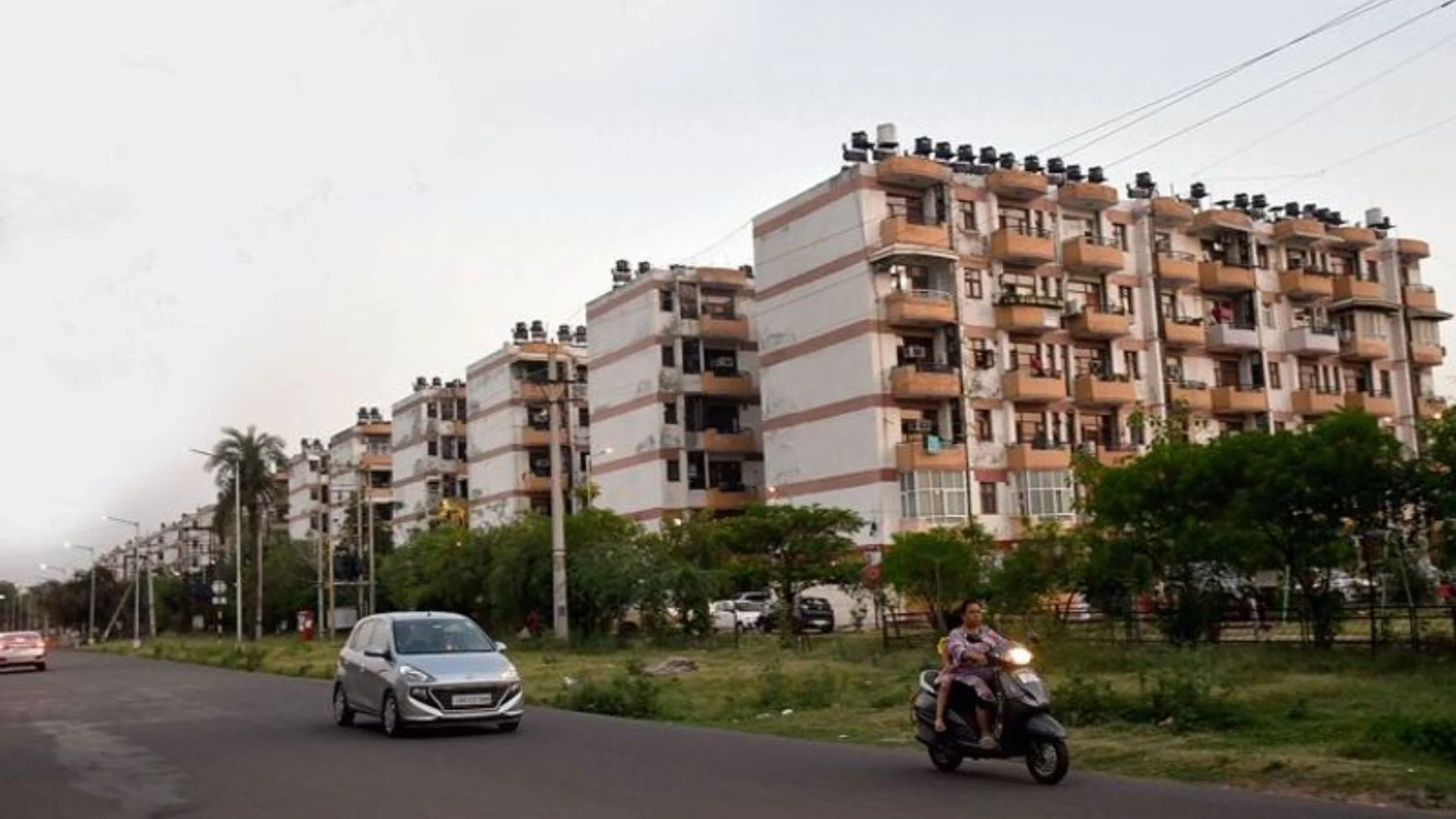Table of Content
In February 2025, the Reserve Bank of India (RBI) made a significant move by cutting its repo rate by 25 basis points. This decision has set off a chain reaction in the lending market, prompting several major banks to revise their MCLR rates. For home loan borrowers, these adjustments can translate into lower monthly EMIs and more affordable financing options.
In this article, we delve into what MCLR rates are, how the recent repo rate cut has impacted them, and provide the latest revised MCLR rates for leading banks. We'll also explore how these changes benefit borrowers and what it means for the overall lending landscape.
Understanding MCLR rates
MCLR rates (Marginal Cost of Funds based Lending Rate) serve as the benchmark interest rates set by banks for determining the cost of loans. Essentially, MCLR rates reflect the cost at which banks borrow funds, along with their operating expenses and a spread for profit. These rates are crucial because they directly affect the interest rate on loans, such as home loans, personal loans, and more. When the RBI reduces its repo rate, it becomes cheaper for banks to borrow money, which generally leads to a reduction in MCLR rates passed on to consumers.
Impact of the Repo Rate Cut on MCLR rates
A repo rate cut of 25 basis points is a relatively small adjustment, but its impact is significant over the long term. For a home loan with a 20-year tenure, even a minor reduction in the MCLR rates can lower EMIs noticeably, reducing the overall interest burden on borrowers. With lower MCLR rates, banks offer more attractive loan terms, making home financing more affordable. This change not only benefits existing borrowers looking to refinance but also new applicants entering the housing market.
Also Read: Types of Home Loans That You Can Apply in India
Latest Revised MCLR rates by Leading Banks
Following the RBI’s repo rate cut in February 2025, several banks have revised their MCLR rates. Here is an overview of the latest MCLR rates for some of the prominent banks:
|
Bank |
Revised MCLR Rate (%) |
|
HDFC Bank |
9.29% - 9.45% |
|
Bank of Baroda |
8.15% - 9% |
|
Punjab National Bank (PNB) |
8.40% - 9.35% |
|
Canara Bank |
8.35% - 9.35% |
|
IDBI Bank |
8.45 - 10.15% |
Note: These rates are based on recent industry reports and are subject to periodic revisions by the banks.
As shown in the table, all these banks have reduced their MCLR rates to reflect the lower cost of funds post the repo rate cut. These adjustments are designed to offer home loan borrowers better terms, thereby reducing monthly EMIs and making loans more affordable.
Benefits for Home Loan Borrowers
The revised MCLR rates bring several key benefits for home loan borrowers:
1. Lower Monthly EMIs
With reduced MCLR rates, the interest component of your home loan decreases. Over a 20-year loan tenure, even a small drop in rates can lead to significant savings on your monthly EMIs, easing your overall financial burden.
2. Enhanced Loan Affordability
Cheaper borrowing costs mean that more individuals can qualify for home loans, increasing accessibility to homeownership. This is especially beneficial in a competitive market where property prices are rising steadily.
3. Improved Financial Planning
Lower EMIs enable borrowers to plan their finances better, allowing for additional savings or investments. The predictability of reduced MCLR rates also helps in long-term financial planning, ensuring that borrowers can manage their repayments without undue stress.
4. Stimulated Housing Market
As more borrowers take advantage of lower loan rates, demand for homes is likely to increase. This not only boosts property transactions but also contributes to the overall growth of the real estate market, leading to urban development and economic progress.
Broader Economic Impact
The reduction in MCLR rates and the subsequent lowering of home loan EMIs have a broader impact on the economy:
- Boost in Consumer Spending: With more disposable income due to lower EMIs, borrowers can spend more on other goods and services, thereby stimulating the economy.
- Increased Investment in Real Estate: Cheaper loans encourage both homebuyers and property investors to enter the market, leading to increased development and construction activities.
- Enhanced Market Stability: A lower cost of borrowing can lead to a more stable financial environment, reducing the risk of defaults and improving overall economic health.
How to Make the Most of These Revised Rates
If you’re considering a home loan, here are a few tips to leverage the benefits of the revised MCLR rates:
1. Compare Offers:
Even though the new rates are lower, it's still important to compare the offers from different banks. Look at the entire loan package, including processing fees, prepayment penalties, and repayment terms.
2. Plan Your Budget:
Use online loan calculators to understand how the reduction in MCLR rates affects your EMIs over the loan tenure.Planning your budget will be easier this way.
3. Consider Refinancing:
If you already have a home loan with a higher interest rate, refinancing your loan to take advantage of the lower MCLR rates might be a good option.
4. Consult a Financial Advisor:
Professional guidance can help you navigate the complexities of home loans and ensure that you make the most cost-effective decision based on your financial situation.
Conclusion
The recent revision in MCLR rates following the RBI’s repo rate cut is a welcome relief for home loan borrowers in India. With leading banks like HDFC Bank, Bank of Baroda, PNB, Canara Bank, and IDBI Bank offering lower rates, borrowers can enjoy reduced EMIs, improved loan affordability, and a positive impact on their overall financial health. This shift not only benefits individual borrowers but also stimulates the broader real estate market and the economy.
Home loan borrowers can make smarter financial decisions by staying informed about these changes and leveraging the benefits of lower MCLR rates. Whether you are a new applicant or looking to refinance your existing loan, now is a great time to explore your options. Embrace the opportunity to reduce your loan burden, plan your finances better, and contribute to a more robust, sustainable economic future in India.
Also Read: Everything You Need to Know About Home Renovation Loans



_1765522271.webp)

_1765444636.webp)

Ans 1. MCLR (Marginal Cost of Funds based Lending Rate) is the minimum interest rate below which a bank cannot lend, except in certain cases allowed by the RBI.
Ans 2. When the RBI reduces its repo rate, it lowers borrowing costs for banks, which usually leads to a reduction in MCLR rates, making loans cheaper for consumers.
Ans 3. Reduced MCLR rates lower the interest rate on home loans, leading to decreased EMIs and making home financing more affordable.
Ans 4. Leading banks like HDFC Bank, Bank of Baroda, PNB, Canara Bank, and IDBI Bank have updated their MCLR rates to reflect the reduction in borrowing costs.
Ans 5. You can visit the official websites of the respective banks or contact their customer service to get the latest MCLR rates.
Ans 6. Refinancing can be a good option if your current loan interest rate is significantly higher than the revised rates. Use loan calculators to assess savings.
Ans 7. No, MCLR rates also influence other types of loans like personal loans, car loans, and business loans.
Ans 8. The reduction in EMI depends on your loan amount, tenure, and the revised rate. Use online EMI calculators for precise estimates.
Ans 9. MCLR is the benchmark rate set by banks for lending, while the repo rate is the rate at which RBI lends money to banks. A repo rate cut can lead to lower MCLR rates.
Ans 10. Compare loan offers from multiple banks, consider additional costs like processing fees, and consult a financial advisor if needed.